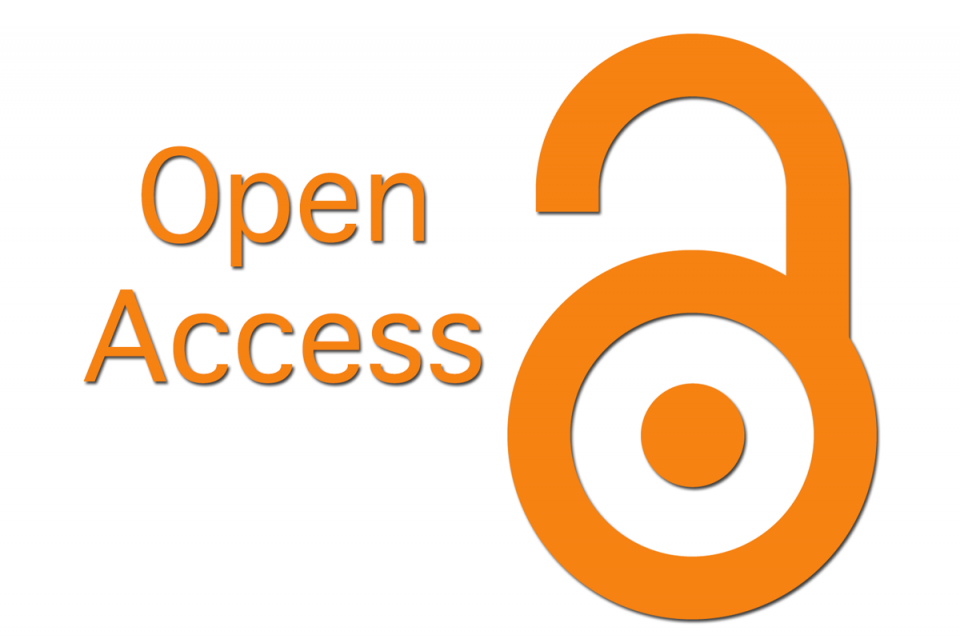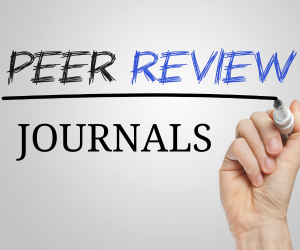SINGLE-DOSE KETOROLAC AND PETHIDINE IN ACUTE POSTOPERATIVE PAIN: SYSTEMATIC REVIEW
DOI:
https://doi.org/10.53555/nnmhs.v9i6.1724Keywords:
Ketorolac, Pain, Pethidine, Postoperative painAbstract
Background: According to the International Association for the Study of Pain (IASP), pain is a sensory and emotional condition associated with tissue damage. The effectiveness of postoperative pain management facilitates patients' recovery by minimizing acute pain while facilitating their transition back to normal activities. Severe and persistent postoperative pain is reported by 2-10% of adult patients. The lack of pain evaluating methods or intervention guidelines presents a challenge for managing pain. These procedures might be helpful in improving therapy to provide a better reduction of pain.
Aim: This study aims to determine whether single-dose ketorolac and pethidine effectively treat immediate postoperative pain.
Methods: The study met the PRISMA 2020 guidelines by self-evaluating to ensure compliance with the rules and regulations. The investigators' aimed to make the investigation using as recent information as feasible. Publications from 2013 to 2023 were included in the identification plans using various online reference databases, including Pubmed and SagePub. Paper reviews, previously published works, and incomplete articles are excluded from consideration.
Result: The PubMed record provided 43 articles, while SagePub retrieved 23 publications. In 2013, PubMed provided 14 research papers, and SagePub provided 3 papers. We collected 10 papers, 7 from PubMed and 3 from SagePub. We selected 5 research studies that fulfilled our requirements.
Conclusion: According to several studies, Ketorolac injection has shown to be an effective analgesic for patients undergoing various surgical procedures.
References
IASP. IASP Te terminology. International Association for the Study of Pain. 2017.
Dworkin RJ; O'Connor AB; Backonja M; et al. Pharmacologic management of neuropathic pain: evidence-based recommendations. Pain. 2 07;12 (3):273–51.
Rawal N. Current issues in postoperative pain management. Eur J A aesthesiol. 2016 Ma ;33(3):160–71.
Pogatzki-Zahn EM, Segelcke D, Schug SA. Postoperative pain—from mechanisms to treatment. Pain reports. 2017;2( ).
Bartels K, Mayes LM, Dingmann C, Bullard KJ, Hopfer CJ, Binswanger IA. Opioid Use and Storage Patterns by Patients after Hospital Discharge Following Surgery. PLoS On . 2016;11 1):e0147972.
Suner ZC, Kalayci D, Sen O, Kaya M, Unver S, Oguz G. Postoperative analgesia after total abdominal hysterectomy: Is the transversus abdominis plane block effective? Niger J Clin Pract. 2019 Ap ;22(4):478–84.
Butterworth JF. Morgan and Mikhail's Clinical Anesthesiology. 5th ed. New York: McGraw Hill Companies Inc; 2018. 153–220 p.
Gan TJ. Poorly controlled postoperative pain: prevalence, consequences, and prevention. J Pain es. 2017;2287–98.
Shrestha L, Joshi B, Palikhey A, Bhattarai K. Comparative Study on Efficacy of Ketorolac and Pethidine for Postoperative Pain Management. J Unive s Coll Med Sci [Internet] 2019 Ju 30;7(1 SE-Original Articles):27–32. Available from: https://www.nepjol.info/index.php/JUCMS/article/view/24682
Hashem A, Ghobrial FK, Elbaset MA, Atwa AM, Fadallah M, Laymon M, et al. Efficacy of pethidine, ketorolac, and lidocaine gel as analgesics for pain control in shockwave lithotripsy: A single-blinded randomized controlled trial. icu [Internet] 2019 Ma 29;60(4):251–7. Available from: http://dx.doi.org/10.4111/icu.2019.60.4.251
Saryazdi HH, Aghadavoudi O, Shafa A, Masoumi A, Saberian P. A comparative study of the analgesic effect of intravenous pethidine vs. ketorolac after inguinal hernia surgery in children under general anesthesia. Middle East J Anaesthesiol. 2016;23 5):527–33.
Eftekharian HR, Ilkhani Pak H. Effect of Intravenous Ketorolac on Postoperative Pain in Mandibular Fracture Surgery; A Randomized, Double-Blind, Placebo-Controlled Trial. Bull Emerg trauma. 2017 Jan;5(1):13–7.
Khezri MB, Mosallaei MA-S, Ebtehaj M, Mohammadi N. Comparison of preemptive effect of intravenous ketorolac versus meperidine on postoperative shivering and pain in patients undergoing cesarean section under spinal anesthesia: A prospective, randomized, double-blind study. Casp J Intern Med. 2018;9(2):151–7.
Dunn LK, Durieux ME. Perioperative Use of Intravenous Lidocaine. Anesthesiology. 2017 Ap ;126(4):729–37.
Garimella V, Cellini C. Postoperative pain control. Clin Colon Rectal Surg. 2013 Sep;26(3):191–6.
Vadivelu N, Mitra S, Narayan D. Recent advances in postoperative pain management. Yale J iol Med. 2010 Mar;83(1):11–25.
Argoff CE. Recent management advances in acute postoperative pain. Pain Pr ct. 2014;14 5):477–87.
Duus P; Baehr M; Frotscher M. Duus' Topical Diagnosis in Neurology: Anatomy, Physiology, Signs, Symptoms. Jakarta EGC; 2012.
Chou R, Gordon DB, de Leon-Casasola OA, Rosenberg JM, Bickler S, Brennan T, et al. Management of Postoperative Pain: A Clinical Practice Guideline From the American Pain Society, the American Society of Regional Anesthesia and Pain Medicine, and the American Society of Anesthesiologists Committee on Regional Anesthesia, Executive Committee, and Administrative Council. J Pain Internet] 2016 Fe 1;17(2):131–57. Available from: https://doi.org/10.1016/j.jpain.2015.12.008
Carver A. Pain. Sci Am ed. 2005;
Daroff RB, Gerald MF, Joseph J, et al. Bradley Neurology in Clinical Practice. 6th ed. Philadelphia: Medical Ebook. Elsevier; 2012. 1956–64 p.
Downloads
Published
Issue
Section
License

This work is licensed under a Creative Commons Attribution 4.0 International License.
You are free to:
- Share — copy and redistribute the material in any medium or format for any purpose, even commercially.
- Adapt — remix, transform, and build upon the material for any purpose, even commercially.
- The licensor cannot revoke these freedoms as long as you follow the license terms.
Under the following terms:
- Attribution — You must give appropriate credit , provide a link to the license, and indicate if changes were made . You may do so in any reasonable manner, but not in any way that suggests the licensor endorses you or your use.
- No additional restrictions — You may not apply legal terms or technological measures that legally restrict others from doing anything the license permits.
Notices:
You do not have to comply with the license for elements of the material in the public domain or where your use is permitted by an applicable exception or limitation .
No warranties are given. The license may not give you all of the permissions necessary for your intended use. For example, other rights such as publicity, privacy, or moral rights may limit how you use the material.







